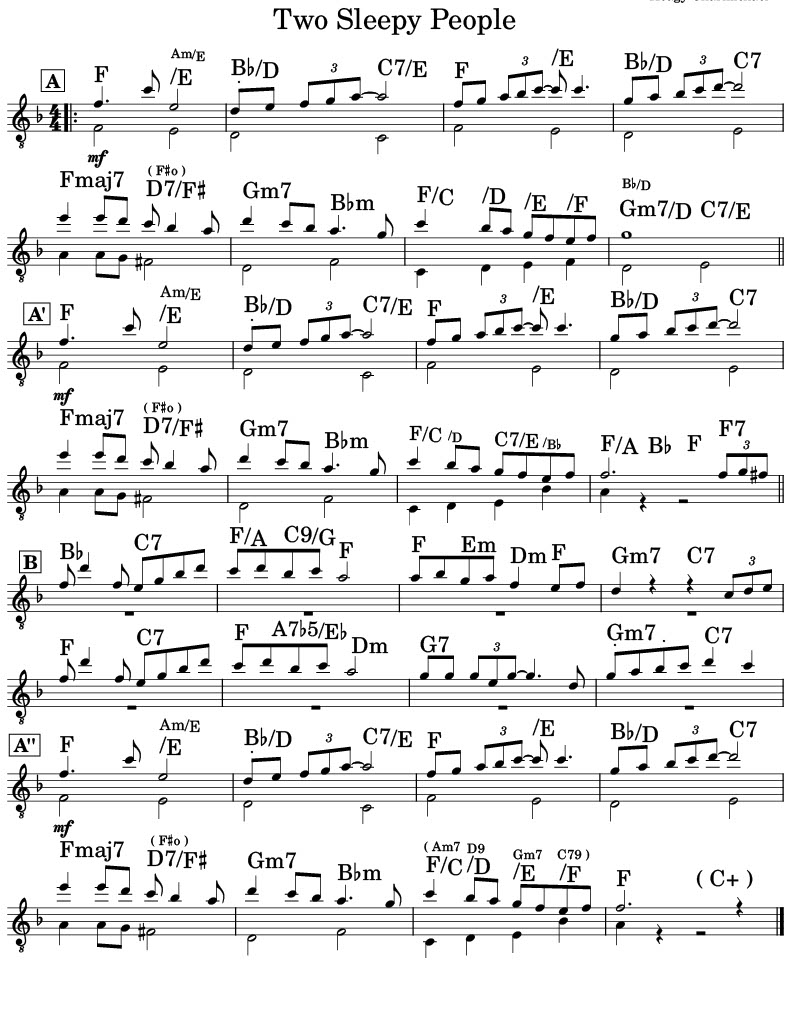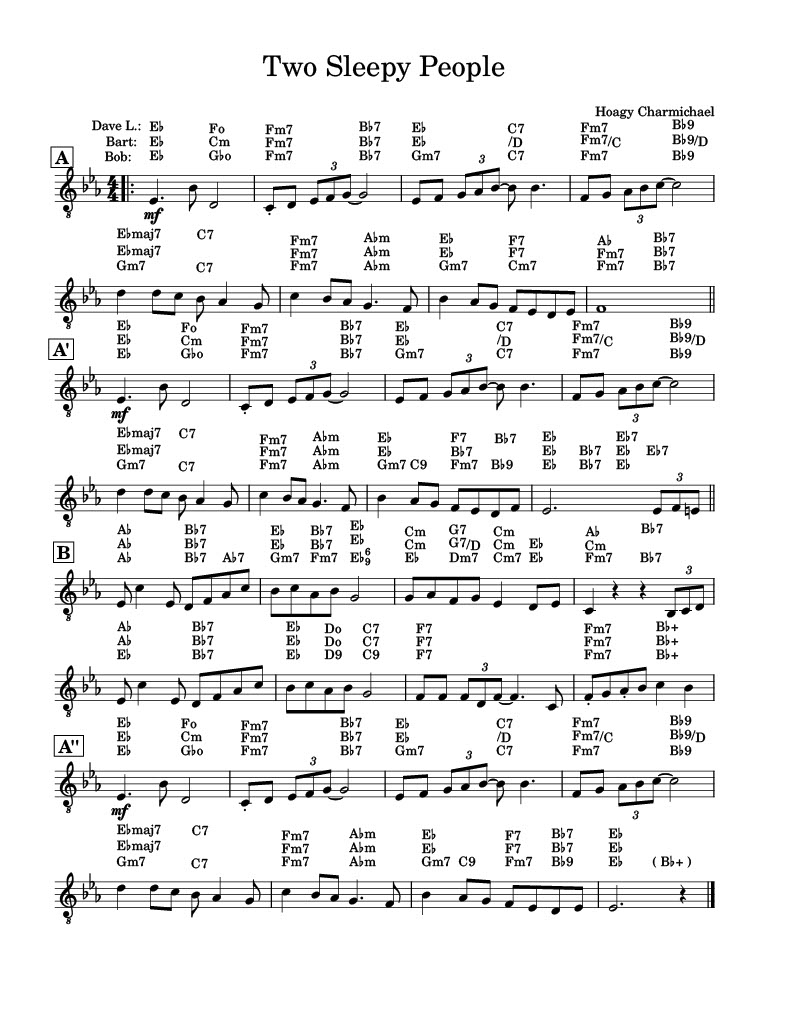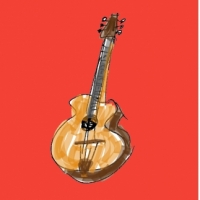DjangoBooks.com
Welcome to our Community!
Categories
- 20K All Categories
- 1.1K General
- 476 Welcome
- 59 Archtop Eddy's Corner
- 146 CD, DVD, and Concert Reviews
- 384 FAQ
- 26 Gypsy Jazz Italia
- 26 Photos
- 202 Gypsy Picking
- 21 Unaccompanied Django
- 15 Pearl Django Play-Along Vol.1
- 17 Gypsy Fire
- 45 Gypsy Rhythm
- 1.4K Gypsy Jazz University - Get Educated
- 130 Gypsy Jazz 101
- 224 Repertoire
- 218 History
- 707 Technique
- 51 Licks and Patterns
- 6 Daniel Givone Manouche Guitare Method Users Group
- 20 Eddie Lang Club
- 1.3K Gypsy Jazz Gear
- 801 Guitars, Strings, Picks, Amps, Pickups and Other Accessories
- 457 Classifieds
- 49 Recording
- 62 Other Instruments
- 18 Violin
- 5 Mandolin
- 22 Accordion
- 7 Bass
- 10 Woodwinds
- 346 Gypsy Jazz Events
- 142 North America
- 109 Europe
- 95 International
In this Discussion
Who's Online (0)
How to hear chords with inversions: example from Fats Waller's version of "Two Sleepy People"
Hello, I am still leaning gypsy jazz guitar, and I am trying to learn more by ear when possible. Here are my questions up front, then I will give details below.
1) How do you decide what the chord is when the lowest voice you can hear seems inverted? I always here "listen to the bass", but this seems less helpful when chords are in not root position.
2) Does it seem like I have captured the essence of this recording? What are my biggest mistakes?
3) Even if what I have is wrong, is is playable. What sections are too questionable to play?
----------------------------------------------------------------------------------------------------
I am trying to transcribe the chords to this song, as Fats Waller is hearing them. I have noted that versions of this song you find in fake books differ quite a bit to what Fats plays, and those versions don't sound right to me. I think Fats give us an important hint at the beginning though. It sounds like he plays I-vi-IV-V to me. Jazz musicians tend to hear a iim7 where other musicians would hear a IV chord. I tried to use the IV chord where possible here.
This is the Fats Waller recording.
https://www.youtube.com/watch?v=avUwxv6b0cM
I think the reason I have such a hard time hearing what's happening is because there are no block chords being played, which leaves some of the chords up to interpretation, as not all voices in the chords are played. Secondly, the clarinet player is playing a sort of tenor line, or something, that makes it hard for me to hear what the bass is doing in every part of the song.
Here is what I am hearing with the clarinet shown in the lower voice, and the melody in the upper voice:
Here is how I hear the changes. I included my transcription of clarinet line.
Here is a recording I made of my playing of it (sorry, it's a bit rough, I just learned the song in this key today).
For reference, here is a version of the chords from my mentor and from a fake book, and from what I thought the chords were when I first heard it. Apologies for the different key, I can't find the file where I made this to transpose it.













Comments
great tune. your version much better than the eb one which doesn't work at all. Fats should get more listens
I've thought about this a lot and to be honest, I think the answer is we just have to learn a bunch of songs, encounter these sorts of things many, many times, and analyze them... exactly like you're doing.
I will also say contrary to "Honeysuckle Rose" lots of Fats Waller is HARD. I've seen "Two Sleepy People" harmonized countless ways and no one seems to agree. Fats is a master at making melodies that are deceptively simple, but the underlying chords are bonkers. Take the B section modulations in "Aint Misbehavin'", or the counterpoint ascending descending stuff B section end for "I've got a feeling I'm falling" or the chromatic diminished stuff at the end of the A sections for "Squeeze me" or the last 8 bars of "Hold my hand". They are all completely his own inventions and way ahead of his time. And over time, they have been oversimplified for the bandstand ensemble, and perhaps rightfully so.
What really nailed harmony home to me is learning chord solo playing. You start to pay attention to what the melody note is simultaneously in relation to the chords and bass under it, then figure out what's idiomatic of the era/context/composer the tune came from and what's not. If something pops out as unusual, then it's usually some kind of inversion or bass movement underneath a familiar change, but not always! That's just part of the mystery.
Edit: Another point is that stuff written/played on the piano is inherently more difficult to hear for us guitarists. Some stuff just sits better on the instrument of your choice. Example: Django loved to use 7b9 voicings with the b9 on the bass side as a sub for a straight 7th chord (ex. the first chord in Manoir De Mes Reves). The reason for this is probably as much ergonomic (moves well to other chords) as harmonically functional. I'll bet piano players would scratch their head at that. But as a guitarist that has played it I hear it immediately, and can picture the shape of the chord in my head.
Edit 2: I think your harmonization sounds awesome and I love that you took care to get all of Fats' bass movement.
Great to see so many fellow Waller fans here. And agree 100% with Vic’s thoughts about Fat’s harmonic genius.
At age 16, I discovered a Fats Waller LP at the downtown library on the same day I found my first Django LP there.
Wow! Was that a great day! It changed my life forever!
Some of my favourite chord tricks that Fats uses are in the verse of “Ain’t Misbehavin’” Somehow the key center moves from C up to Db and then back down to C again with a brief detour to E major, and all in the most natural and charming way.
But to me the apex of Fat’s genius was his 1929 composition “Minor Drag”.
In his piano solo, he turns the beat around for 16 bars (think “pa-oom!” Instead of “oom-pa!”) and somehow he still manages to swing it… probably the reason there was no bass instrument in the group, because he would have just gotten in the way of Fats’s fabulous left hand.
And also, isn’t that rideout riff wonderful? So joyful.
And just a shoutout for one of my banjo heroes, Eddie Condon: he propels the rhythm alongso marvellously while melding perfectly with the frontline horns. It was upon hearing this very cut that i decided that I wanted to play banjo just like THAT guy! And i’m still trying to do so, almost 50 years later.
(Unfortunately Eddie Condon switched to four string guitar and then gradually disappeared further and further into the background… even despite being the nominal bandleader…)
***
Anyway, revenons a nos moutons, bcubrich—- thank you! a very nice job on a very charming tune.
Hope that you will do more for us soon?
Regards,
Will
Edgar Degas: "Only when he no longer knows what he is doing does the painter do good things.... To draw, you must close your eyes and sing."
Georges Braque: "In art there is only one thing that counts: the bit that can’t be explained."